Nationality Carib Occupation slave Spouse(s) John Indian | Other names Tituba the Witch Criminal penalty Imprisonment Other name Tituba the Witch | |
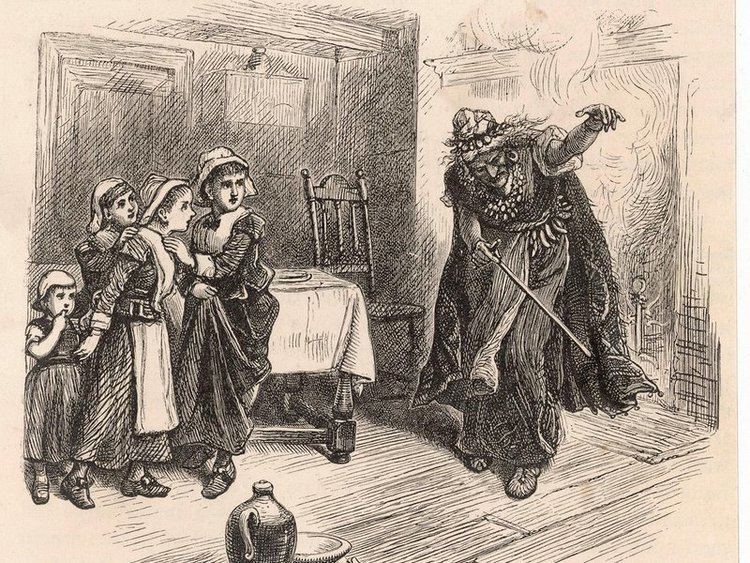 | ||
Similar Samuel Parris, Abigail Williams, John Proctor, Betty Parris, Sarah Good | ||
Tituba was an enslaved woman, owned by Samuel Parris of Danvers, Massachusetts. Although her origins are debated, research has suggested that she was a South American native and sailed from Barbados to the United States with Samuel Parris. Tituba was the first to be accused of practicing witchcraft during the 1692 Salem witch trials. Little is known regarding Tituba's life prior to her enslavement. However, she became a pivotal figure in the witch trials when she confessed to witchcraft while also making claims that both Sarah Good and Sarah Osborne participated in said witchcraft. She was imprisoned and later released by Samuel Conklin, but little to nothing is known about Tituba's life following her subsequent release.
Contents
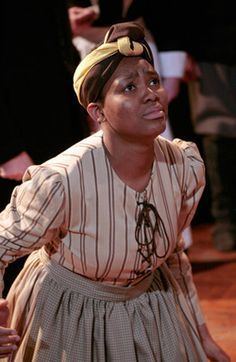
Tituba the black witch of salem confession scene
Early life and accusation

Tituba’s husband was John Indian, a native American man whose origins are unknown, but he may have been from Central America. Tituba as well may have been originally from Central America before Barbados. He went on to become one of the accusers in the Witch Trials. They appear documented together in Samuel Parris’s church record book.
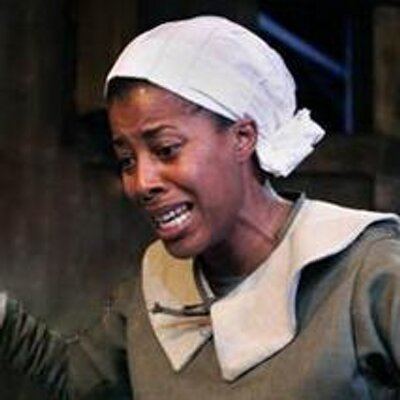
Tituba was the first person to be accused by Elizabeth Parris and Abigail Williams of witchcraft. It has been theorized that Tituba told the girls tales of voodoo and witchcraft prior to the accusations. She was also the first to confess to witchcraft in Salem Village. Initially denying her involvement in witchcraft, Tituba later confessed to making a "witchcake", due to being beaten by Samuel Parris with the intention of getting a confession. When questioned later, she added that she knew about occult techniques from her mistress in Barbados, who taught her how to ward herself from evil powers and how to reveal the cause of witchcraft. Since such knowledge was not meant for harm, Tituba again asserted to Parris she was not a witch, but admitted she had participated in an occult ritual when she made the witchcake in an attempt to help Elizabeth Parris. Despite these confessions, there is no proof that she did the things to which she confessed.
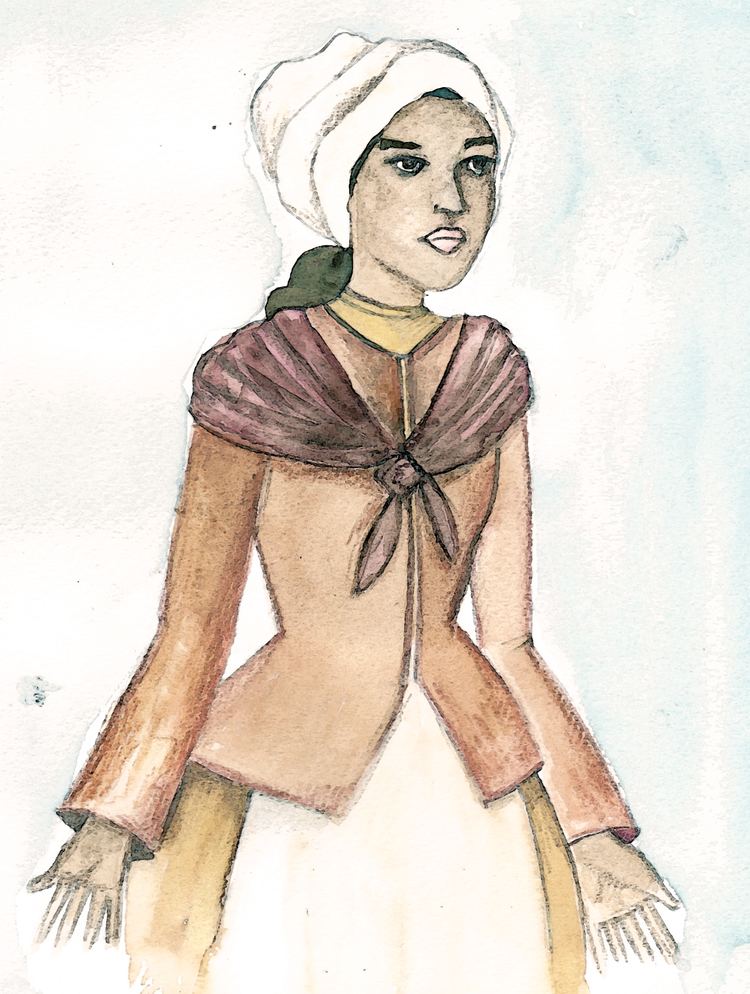
Other women and men from surrounding villages were accused of witchcraft and arrested at the Salem witchcraft trials. Not only did Tituba accuse others in her confession, but she talked about black dogs, hogs, a yellow bird, red and black rats, cats, a fox and a wolf. Tituba talked about riding sticks to different places. She confessed that Sarah Osborne possessed a creature with the head of a woman, two legs, and wings. Since it mixed various perspectives on witchcraft, Tituba's confession confused listeners, and its similarities to certain stock tropes of demonology caused some Salem Village residents to believe that Satan was among them.
Fiction
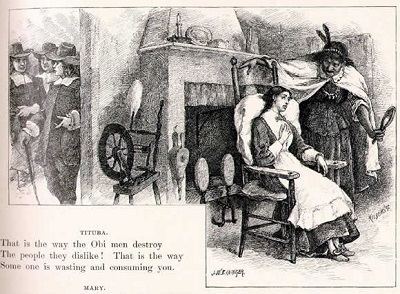
The majority of fictional pieces that artistically or historically depict Tituba's life portray her as an "other" or an "outgroup" by Puritan society, due to her racial and socioeconomic status as a South American Indian and a slave woman. Although it is not explicitly discussed in all of the movies, plays and books, that account for Tituba's conviction, it is quite possible that the "fear of strangers" in combination with the Western traditional belief and understanding of witchcraft, closely resembling the beliefs, traditions and rituals of Asian and African societies, made Tituba a prime target for witchcraft conviction. With reference to the historical understanding of Tituba and why she was convicted, it has been argued that the pre-existing ideas about "out groups" and stereotypical ideas of foreign cultures combined with fictional portrayals of witchcraft and sorcery works, has created a case where history and fiction shape each other. Essentially, the fictional works have assisted in the idea of what the Salem Witch Trials were like and what events lead to the convictions, trials and confessions, but without factoring in racial, political, religious and economic influences of the time, the portrayals of Tituba in media remain, for the most part, fictional.

Henry Wadsworth Longfellow, in his 1868 play entitled Giles Corey of the Salem Farms, describes Tituba as "the daughter of a man all black and fierce…He was an Obi man, and taught [her] magic." Obeah (also spelled Obi) is a specifically African and Afro-American system of magic.”
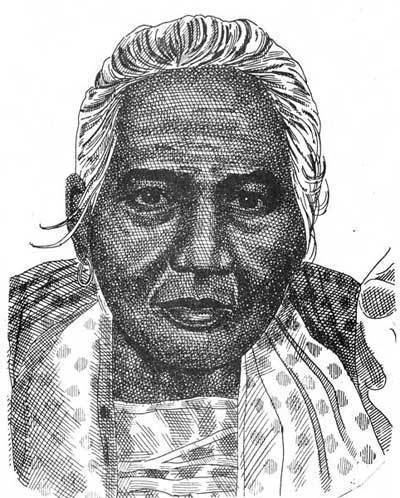
She featured prominently in the 1953 play The Crucible by Arthur Miller as well as the 1957 and 1996 film adaptations of the play. Tituba is played by American born actress, Charlayne Woodworth. The image of Tituba as the instigator of witchcraft at Salem was reinforced by the opening scene of The Crucible, which owes much to Marion L. Starkey's work The Devil in Massachusetts (1949).
In the play, Tituba was brought to Salem from Barbados, was taught how to conjure up spirits, and had allegedly dabbled in sorcery, witchcraft, and Satanism. These fictional accounts hold that Abigail Williams and the other girls tried to use her knowledge when dancing in the woods before the trials began; it was, in fact, their being caught that led to those events. With the original intention of covering up their own sinful deeds, Tituba was the one to be accused by Abigail, who had in fact drunk from a magic cup Tituba made to kill John Proctor's wife, Elizabeth, and to bewitch him into loving her. She and the other girls claimed to have seen Tituba "with the Devil". It is ironic that the belief that Tituba led these girls astray has persisted in popular lore, fiction and non fiction alike. The charge, which is seen by some as having barely disguised racial undertones, is based on the imagination of authors like Starkey, who mirrors Salem’s accusers when she asserts that "I have invented the scenes with Tituba .... but they are what I really believe happened."
Tituba is also the main character in the 1956 book Tituba of Salem Village by Ann Petry. Written for children 10 and up, it portrays Tituba as a black West Indian woman who tells stories about life in Barbados to the village girls. These stories are mingled with existing superstitions and half-remembered pagan beliefs on the part of Puritans (for instance, it is a white neighbor who makes the witch cake, rather than Tituba herself), and the witchcraft hysteria is partly attributed to a sort of cabin fever during a particularly bitter winter.
Tituba is the subject of the award-winning novel I, Tituba: Black Witch of Salem (1986) by Maryse Condé, a novel version of Tituba’s life which creates a biography for her, beginning and ending in Barbados, and including supernatural elements.
Tituba appears in the novel Calligraphy of the Witch (2007) by Alicia Gaspar de Alba as an Arawak Indian from Guyana fluent in several languages, and the only person in the Boston area who understands Spanish. She is a friend and English tutor to the slave Concepción Benavidez who is accused of witchcraft in the Boston area because of her Mexican and Catholic culture.
She is also featured as a main character on WGN's television series Salem (2013). The show portrays her as being a powerful witch, along with other historical figures from the Salem Witch Trials who also are portrayed as having supernatural powers.
In American Horror Story: Coven (2013-2014), young African-American witch Queenie states that she is a descendant of Tituba. Later in the series, Voodoo Queen Marie Laveau and Supreme witch Fiona Goode have an in-depth discussion of Tituba's history and legacy. They suggest her magic came from her Arawak ancestry.
